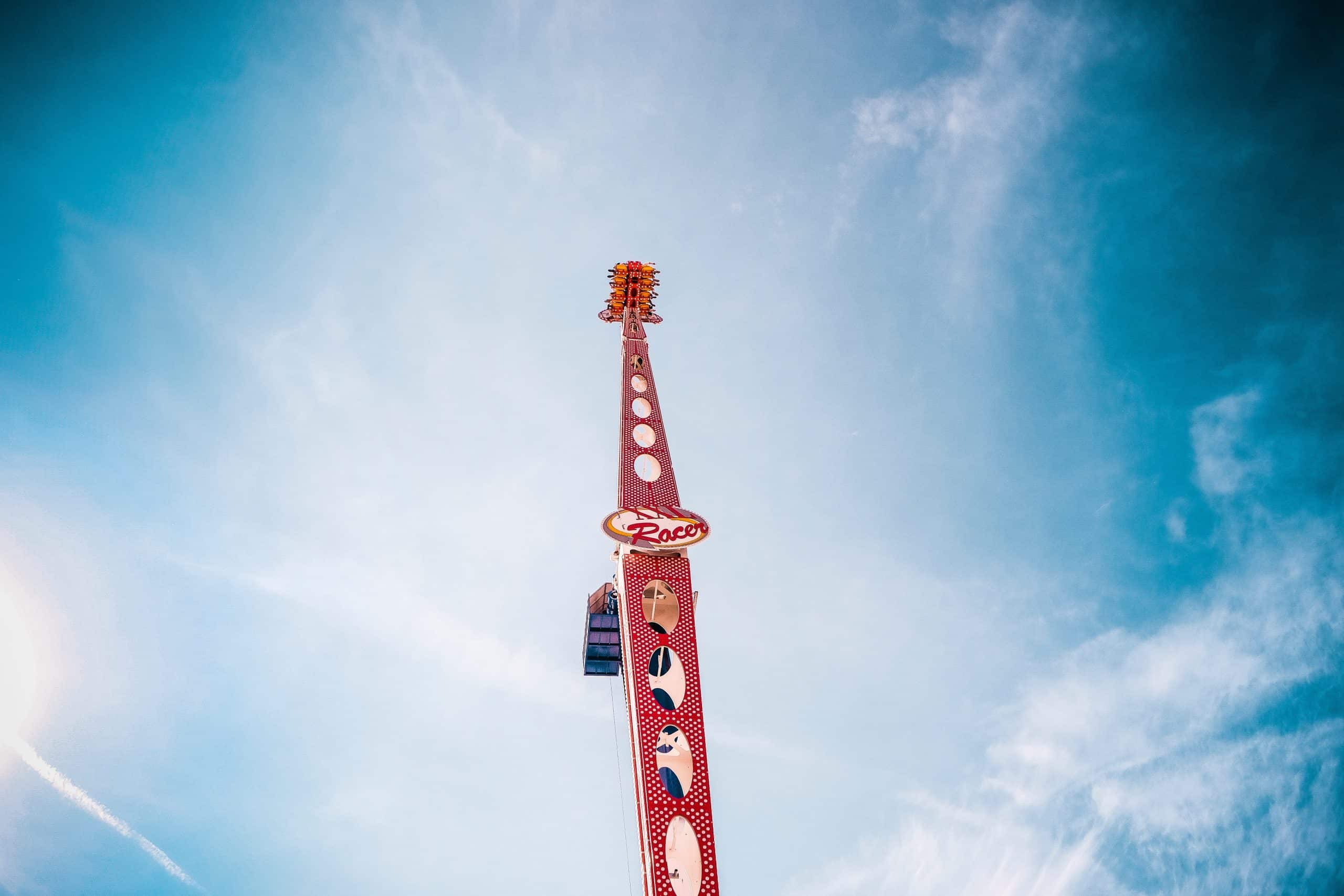Top 10 sponsorship ambushes

What is ambush marketing?
Ambush tactics are used when a non-sponsor tries to associate itself with an event by using communication techniques that will lead consumers to believe the company acts as an official sponsor. There are many different sponsorship ambush tactics. The most notorious involves buying media during air-time of an event, or around it, with out-of-home advertising. Others involves promotion using a theme similar to the event’s or even sponsoring a similar event to create confusion. Has this morally disputable practice been diminishing due to the increasing legal protection granted to property and its sponsors (which is the case with the Olympics)? Somewhat, but the ambushers are finding even more creative ways to do so within the boundaries of the law. The upcoming Sochi Olympics will tell us if ambushing boundaries will be pushed once more.
10. 1984 Los Angeles Olympic Games – Kodak (Actual sponsor: Fuji)
The Origins of Ambush Marketing
During the 1976 Montreal Olympics, there were 628 official sponsors, which meant the dilution of the Olympic brand: smaller impact for, and awareness of, official sponsors. The Los Angeles Olympic Games saw a complete overhaul of the sponsorship structure in order to increase private funding of the event. The restructuring of sponsorship rights and the implementation of exclusivity was indeed an overwhelming financial success with a surplus of more than US$250 million in sponsorship revenues, making it the first Olympics to be funded entirely privately. This new strategy saw many companies frustrated of being left out and it paved the way for marketers to try to associate their brand with the event, even illegitimately. In the camera sector, Fuji won the bid, leaving a frustrated Kodak sponsoring the US broadcast. The tactic worked as the public did consider that Kodak was an official Olympic sponsor.
9. Paddy Power – Euro 2012
Player striptease
While scoring his second goal during a match opposing Denmark and Portugal, Arsenal player Nicklas Bendtner, proudly lowered his shorts to his knees while showcasing his underpants branded with Irish bookmaker Paddy Power’s logo, while millions of spectators were glued to their TV sets.
8. Puma – 1996 Atlanta Olympics (Actual sponsor: Reebok)
Linford Christie wears Puma contact lenses
This over-the-top branding attempt saw Linford Christie, Olympic gold medal sprinter, wearing contact lenses with the Puma logo during a press conference preceding the game in Atlanta. The stunt didn’t sit too well with official sponsor Reebok, which had paid $40 million for the exclusive rights to the event.[1]
7. Beats London 2012 Olympics (Official sponsor: Panasonic)
Smooth advertisers
Beats, the US business, founded by rapper Dr. Dre and music executive Jimmy Iovine, tried an approach that had been used in the past for sporting apparel. However, the company did not pay the athletes to endorse the product! Special edition headphones were distributed for free to the athletes by a carefully trained armada whose mission was to cross paths with athletes. Some athletes used their new toy while making their way to the competition, providing valuable airtime coverage and appreciative Tweets from several well-followed athletes, all without the hefty price tag of a sponsorship.[2]
6. American Express and the Olympics (Actual sponsor: Visa)
Credit war
The credit cards deserve a close second place next to the proverbial cola war. A few fierce battles happened on the Olympic front between Amex and Visa. In the most memorable episode, during the 1992 Barcelona Olympics, sponsorship was used to fuel comparative advertising campaigns. Visa’s tagline was ‘the Olympics don’t take American Express’, with images of ticket windows being slammed shut in the faces of American Express cardholders. The US$20 million they had paid to the IOC for their official sponsorship ensured they received no complaints about the campaign. However, American Express responded with more style, pointing out in its own ad campaigns that ‘to visit Spain, you don’t need a visa.’
5. Lululemon – 2010 Vancouver Olympics (Actual sponsor: The Bay HBC)
Olympic spirit
Lululemon, a Canadian company, did not want to be left out of the action during the Vancouver Olympics, in spite of a stringent law designed to protect the officials sponsors by restricting the use of certain elements associated with the Olympics, like the name of the city, the dates, and so on. Lululemon cleverly went on to create a line of clothing close to the Vancouver 2010 theme naming a line of T-shirts, hoodies and mittens in honour of the “Cool Sporting Event That Takes Place in British Columbia Between 2009 & 2011”. The line presented various country colors: Canada, the United States, Germany and Sweden, the four countries most likely to be present at the games. The collection, which sold out rapidly, garnered the retailer a public rebuke from VANOC executives.[3]
4. Nike – World Cup (Actual sponsor: Adidas)
Nike ambush of the World Cup
The famous Nike “Find your greatness” advertising that aired during the World Cup used a football theme and real players endorsed by Nike. By watching both Nike and Adidas campaigns one after the other, one could not tell who the official sponsor actually was. This ambush campaign saw an extensive use of the web and the originality of the Nike video made them win the battle for the number of views. Plus, the introduction of Nike soccer apps is designed to reinforce the brand’s association with the sport, without having to pay rights fees.
3. Li Ning – 2008 Beijing Olympics (Actual sponsor: Adidas)
Fake ambush
Although this ambush attempt is a popular misconception, the results were nonetheless impressive. It is a popular misconception that the Beijing Games, officially sponsored by Adidas, had been ambushed quite spectacularly by Chinese sportswear brand Li Ning. The eponymous Ning, a former gymnast, was chosen to light the Olympic cauldron at the opening ceremony to the 2008 Games. The decision effectively gave his company a free ten-minute advert across China and the world, as the suspended Li Ning encircled the top of the Bird’s Nest stadium before lighting the flame. The decision to grant Li Ning very valuable airtime understandably angered Adidas. Indeed, it was not the first time that Li Ning had been perceived as cashing in on its American rivals’ hard work. Li Ning’s corporate logo already resembles the famous Nike ‘swoosh’, and the company slogan, ‘Anything is Possible’, is similar to the Adidas tagline ‘Impossible is Nothing’.
2. Bavaria – 2010 FIFA World Cup South Africa (Actual sponsor: Budweiser)
FIFA: 0 Bavaria: 1
Bavaria was successful, not for the action itself but for the storm that followed. Thanks to the FIFA itself, the incident is now renowned as one of the most effective pieces of ambush marketing in sporting history. Round one occurred during the 2006 World Cup in Germany, when dozens of Dutch men watched the Netherlands play in a Stuttgart stadium in their underwear after stewards ordered them to remove orange lederhosen bearing Bavaria’s name. Professor Simon Chadwick, who heads up the Centre for the International Business of Sport at Coventry University, explains: “The world’s press went barmy over this because a large number of Dutch fans watched the game in their underwear in the stadium because they had nothing else to wear. Clearly the ambush failed because they didn’t get into the stadium. But in another sense it worked perfectly because suddenly everyone across the world was talking about it. I’d never heard of the Bavaria Beer company and now I have, so even though it failed the fact it was so brazen resulted in many people across the world getting to hear about the brand.”[4]
Round 2
36 female fans were ejected from a game by Fifa’s officials (along with the arrest of two, later released, accused of violating the “Contravention of Merchandise Marks Act”, a law passed in South Africa for the World Cup making ambush marketing illegal) for wearing unbranded orange miniskirts that were provided by Bavaria.[5]
1. Nike and the Olympics (lifetime achievement award)
Converse, Reebok and later Adidas, paid dearly for Nike’s shenanigans
Los Angeles 1984 (Actual sponsor: Converse)
Converse was the official sponsor of the 1984 Olympic Games held in Los Angeles, yet Nike built large scale murals near the Los Angeles Coliseum, which displayed the Nike Logo and several of the athletes competing in the games wearing Nike attire. After those games, marketing research found more consumers thought Nike was the official sponsor than Converse, the actual sponsor.
Barcelona 1992 (Actual sponsor: Reebok)
Nike, the world’s largest sportswear manufacturer by market share held a sponsors’ press conference with the US basketball team at the 1992 Olympic Games in Barcelona, despite rival Reebok being the event’s official sponsor. Nike’s audacity was compounded when team stars and brand ambassadors Michael Jordan and Charles Barkley accepted the gold medal for basketball and covered up the Reebok logos on their kits.
Atlanta 1996 (official sponsor: Reebok)
Nike bought extensive amount of out-of-home adverting in the city of Atlanta. The large Nike banners on city buildings could be seen on the TV broadcast. A brand new Nike store was built near the Olympic village, becoming a major attraction. Michael Johnson’s famous gold shoes were another of Nike’s many attempts to ambush Reebok’s 1996 Olympic sponsorship.
London 2012 (Official sponsor: Adidas)
With London, that’s Adidas, which paid about $60 million for its official status. Nike generally avoids official Olympic sponsorships, although it always makes a big effort to get its shoes on Olympian feet.
For its long–standing relationship with Olympics ambushes, Nike deserves a lifetime achievement award. They would be proud as it fits with the bad boy image they want to project.
Tips to avoid ambushing:
- Expect the unexpected — ambush attacks won’t come in a form you anticipate.
- Government protection has its limitations, even the stringent laws in place for London did not stop ambushers. Maybe a trip to Siberia will make them think twice about Sochi.
- Remember that customers don’t care — they won’t share your moral indignation regarding an ambush event, they might event support it seeing a David and Goliath combat.
- Don’t overreact to an ambush — it will only compound the problem (i.e. Bavaria).
- Start early and occupy as much space as you can. This is easier if you choose a well-defined target audience and the right channels to reach them.
- Clearly state your position as the official sponsor and demonstrate your leadership.
- Some ambush attempts work well because their advertising is clearly cooler than that of the officials sponsor. Make sure to create great publicity material.
The key is to use every possible asset to develop a long-term association with an event. Sponsorship can provide a true competitive advantage, which cannot be replicated by competitors. It is important to reflect on its positioning within the event, each brand has its own value proposition and space it can occupy.
Are you or your organization struggling to manage incoming sponsorship or donation requests? We have developed a unique proprietary tool which simplifies the management of requests and reduces the related workload by 50% to 80%.
